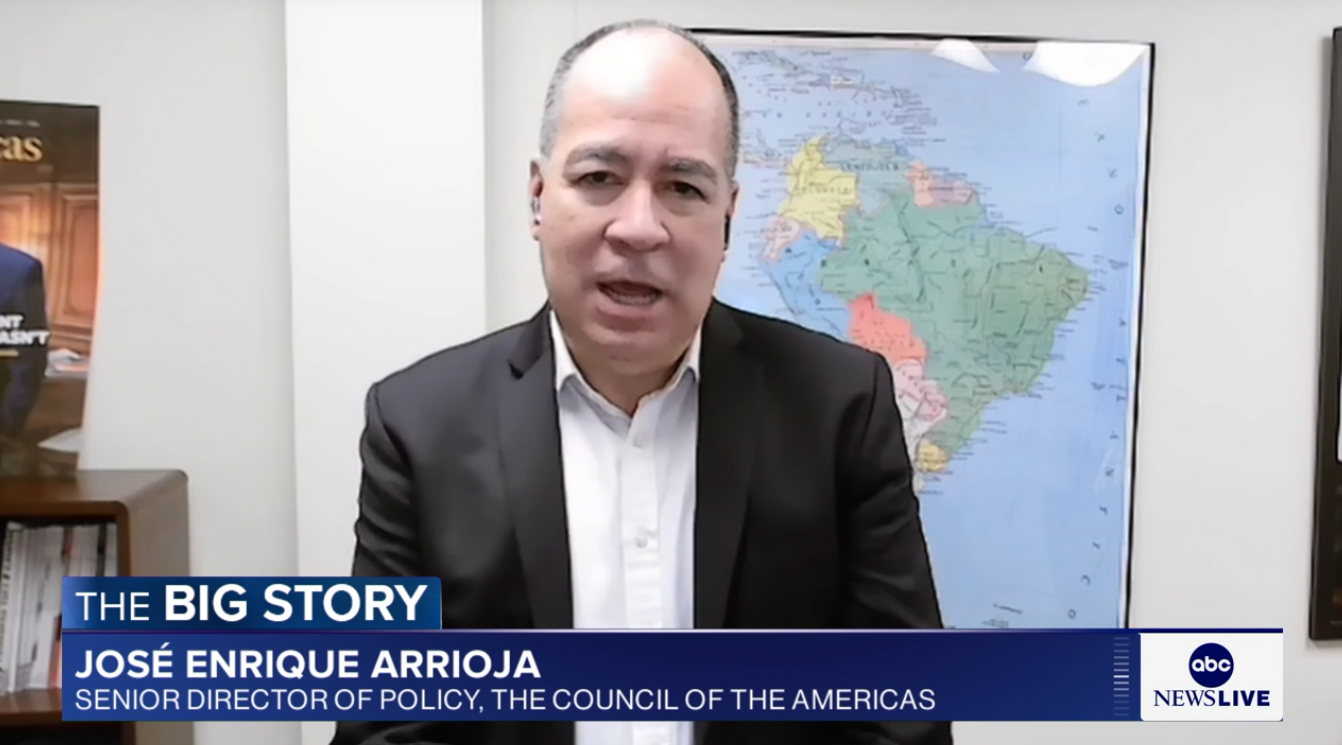Announcement on Moderno: Design for Living in Mexico, Brazil, and Venezuela, 1940–1978
Announcement on Moderno: Design for Living in Mexico, Brazil, and Venezuela, 1940–1978
Moderno at Americas Society reveals three different instances on how Latin American developmentalist agendas were linked to design in order to forge modern national identities.
The Americas Society presents the exhibition Moderno: Design for Living in Mexico, Brazil, and Venezuela, 1940–1978. Among Latin American audiences, the word moderno (modern) has been linked to ideas of novelty and accelerated development, rather than a particular style or art movement. In the world of design, the term moderno was ubiquitous during the postwar period, a customary label to advertise new things. To be moderno was exciting and fashionable for the educated middles classes and wealthy elites, as well as aspirational for the lower strata, but, more than anything, it conveyed a promise of the future inspired by nationalistic goals, with which some Latin American countries aimed to achieve progress through the construction of industrialized autonomous societies.
Design, a relatively new professional discipline in the region, gained traction and became a key to achieving industrialization plans. As the Cuban-born Mexican designer Clara Porset stated in 1952, “Design is everything, whether natural or created by man,” and local manufacturers sensed the need for designers to create and develop new products and services compatible with local tastes and customs in addition to international standards. Large-scale infrastructure developments that took place throughout North and South America in the 1940s, 1950s, and 1960s were preceded by small-scale design experimentation initiatives in the domestic space.
This exhibition explores the aesthetic legacy, utopian ambitions, and internal contradictions that reveal three different instances on how Latin American developmentalist agendas were linked to design in order to forge modern national identities. The Italian-born Brazilian architect and designer Lina Bo Bardi summarized that operation as an “attempt to make industrial design the regenerative force of an entire society,” which, according to her, failed to integrate all the sectors in the narrative of progress....








